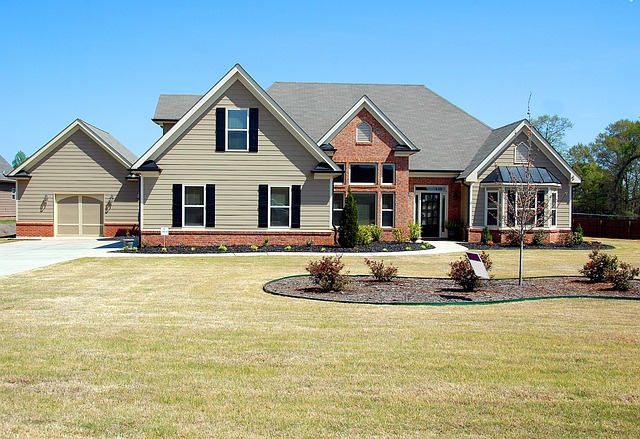Decoding the Mystery of Real Estate Flipping: A Comprehensive Guide
Real estate flipping is often glamorized on television and in the media, but what does it truly entail? This article aims to demystify the process, detailing its historical context, current market trends, and the potential benefits and pitfalls it presents to investors.

The Origins of Real Estate Flipping
The concept of real estate flipping—buying properties at a low price, improving them, and then selling them for a profit—has been around for decades. Its origins can be traced back to the post-World War II era, when a housing shortage led enterprising individuals to buy, renovate, and sell homes at a profit. Over the years, the practice has evolved, with investors employing a variety of strategies and techniques to maximize their returns.
Flipping in the Modern Market
Today, despite market fluctuations and economic downturns, real estate flipping remains a popular investment strategy. According to a 2020 report by ATTOM Data Solutions, flipped houses accounted for 5.9% of all home sales in the US—a slight increase from the previous year. These figures demonstrate the resilience and enduring appeal of real estate flipping in the current market.
The Potential Rewards of Flipping
There are several advantages to real estate flipping. For one, it offers the potential for significant profits. With the right property and improvements, investors can sell homes for considerably more than their purchase price. Additionally, flipping can be a relatively quick process, allowing investors to see returns in a shorter timeframe compared to other real estate investments.
Challenges and Risks Involved
However, real estate flipping is not without its challenges. First and foremost, it requires a significant upfront investment. Investors must not only purchase the property but also cover renovation costs. Moreover, flipping is highly dependent on market conditions. If the housing market declines, investors may struggle to sell their properties at a profit. Lastly, flipping requires a deep understanding of real estate, construction, and local housing markets—a lack of knowledge in these areas can lead to costly mistakes.
Impact on Buyers and Sellers
Real estate flipping can have mixed effects on the broader housing market. On the one hand, it can improve housing stock by renovating and updating old or rundown properties. On the other hand, it can contribute to rising home prices, making housing less affordable for some buyers.
In conclusion, real estate flipping is a complex and multifaceted investment strategy. While it offers the potential for significant profits, it also carries substantial risks. As with any investment, success in flipping requires knowledge, research, and a keen understanding of the market.




